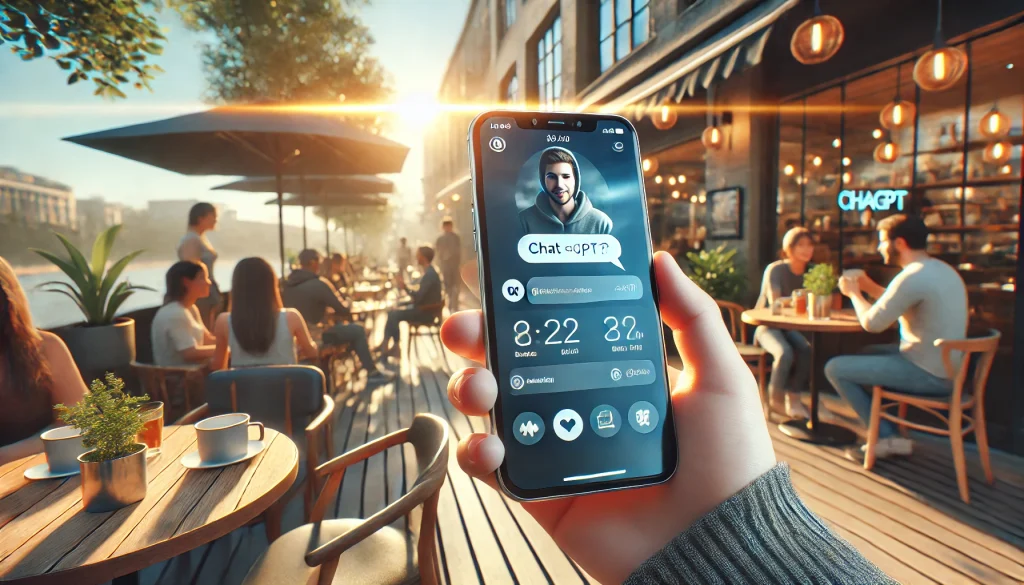We’ve all been there—reading a post or article, enjoying the content, and then BAM! You’re hit with a call-to-action (CTA) that feels like a car salesman in a too-tight suit just crashed the party. It’s pushy, obvious, and, honestly, a bit cringey. But here’s the thing: CTAs are essential for getting your audience to take action, whether that’s signing up for a newsletter, buying a product, or just leaving a comment.
So, how do you include a CTA without sounding like you’re trying to sell a used car? In this post, we’ll explore the art of the subtle call-to-action—one that feels natural, adds value, and gets results. Let’s dive into how you can get your audience to take the next step without turning them off.
Why Do You Need a Call-to-Action?
Before we talk about how to add a CTA, let’s start with why you need one in the first place. A call-to-action is a clear instruction to your audience on what they should do next. Without it, your readers might enjoy your content but walk away without taking any further steps.
- Guides Your Audience: A CTA gives your audience a clear path. People need direction, whether it’s clicking on a link, signing up for a webinar, or checking out a product.
- Increases Engagement: CTAs prompt people to interact with your content. This could mean leaving a comment, sharing the post, or subscribing to your newsletter, all of which increase engagement.
- Boosts Conversions: Whether your goal is to sell a product, gain new subscribers, or drive traffic to a specific page, a CTA increases the likelihood of conversions.
Step 1: Be Helpful, Not Pushy
A great CTA feels like a helpful suggestion rather than a sales pitch. It’s all about framing it in a way that adds value rather than just trying to close the deal. Instead of saying, “Buy Now!” try something like, “If you’re ready to take the next step, check out our solutions here.”
- Use Gentle Language: Words like “discover,” “learn more,” and “find out how” sound far more inviting than commands like “buy” or “subscribe.” Keep it light and conversational.
- Focus on the Benefit: Let your audience know what’s in it for them. Instead of just saying, “Sign up for our newsletter,” you could say, “Get weekly tips delivered straight to your inbox.”
Step 2: Be Specific About What You Want
While you don’t want to come across as pushy, your CTA still needs to be clear and direct. Ambiguous CTAs like “click here” or “check this out” don’t give your audience a clear direction. You want to tell them exactly what to do and why it benefits them.
- Be Clear and Direct: If your goal is to get people to sign up for a free trial, say that. For example: “Start your free 30-day trial today—no credit card required.”
- Limit the Choices: Don’t overwhelm your audience with too many options. One or two CTAs per piece of content is more than enough. Too many, and you risk coming across as desperate.
Step 3: Create Urgency (Without Being Aggressive)
One of the most effective CTA strategies is to create a sense of urgency. But—and this is a big “but”—you don’t want to sound like you’re pressuring your audience. Urgency should feel natural, not forced.
- Highlight Limited-Time Offers: If there’s a legitimate time limit, make sure your audience knows. “This offer ends soon” is a gentle way to encourage immediate action without feeling overly pushy.
- Use Friendly Deadlines: Instead of saying, “You have 24 hours to buy,” try something friendlier like, “Don’t miss out—offer ends Friday.”
Step 4: Incorporate Humor and Personality
One of the best ways to avoid sounding like a salesperson is to inject some personality into your CTA. This approach helps make your ask feel more human and less corporate.
- Be Playful: A little humor goes a long way. Instead of the generic, “Sign up for our newsletter,” you could say something like, “Join the coolest email list in town (and get awesome content while you’re at it).”
- Match Your Brand’s Voice: If your brand’s tone is laid-back and casual, let that shine through in your CTA. Don’t suddenly shift into formal, salesy language that feels out of place.
Step 5: Build Trust Before You Ask
No one likes being sold to before they even know what’s on the table. Build trust with your audience by delivering valuable content first, then adding a CTA that complements what they’ve just learned.
- Provide Value First: Make sure your content offers something useful or entertaining before you hit them with a CTA. When your audience feels like they’ve gained something, they’ll be more receptive to your ask.
- Offer Something for Free: People are more likely to take action if they don’t have to commit right away. Offering a free resource, trial, or sample is a great way to build trust before asking for anything more.
Examples of Non-Salesy CTAs
Let’s look at some examples of CTAs that don’t sound salesy but still get the job done:
- “Looking to simplify your workflow? Download our free guide to get started.”
- “Want more tips like this? Subscribe for our weekly newsletter—no spam, we promise.”
- “Have questions? Reach out—we’d love to help!”
- “Ready to take your business to the next level? Find out how we can help.”
These CTAs feel natural, helpful, and more like a friendly suggestion than a hard sell. That’s exactly what you want to aim for.
Mistakes to Avoid with Your CTAs
While adding a CTA is essential, there are a few common mistakes you’ll want to avoid:
- Being Too Aggressive: Phrases like “Act now!” or “Buy before it’s too late!” can feel pushy. Keep your language inviting, not forceful.
- Overloading with CTAs: Less is more when it comes to CTAs. Stick to one or two clear actions per piece of content.
- Ignoring Mobile Users: Make sure your CTA is mobile-friendly. If you’re using buttons or links, ensure they’re easy to click on a smartphone.
Conclusion: Master the Art of the Subtle CTA
Adding a call-to-action doesn’t have to feel like you’re twisting someone’s arm. With the right approach, you can guide your audience to take the next step without sounding like a salesperson. Focus on being helpful, clear, and personable, and your CTAs will come across as an extension of your content, not a hard sell.
So, go ahead and start incorporating these tips into your content. Your audience will appreciate the gentle nudge, and you’ll see higher engagement and conversions without ever sounding pushy!







